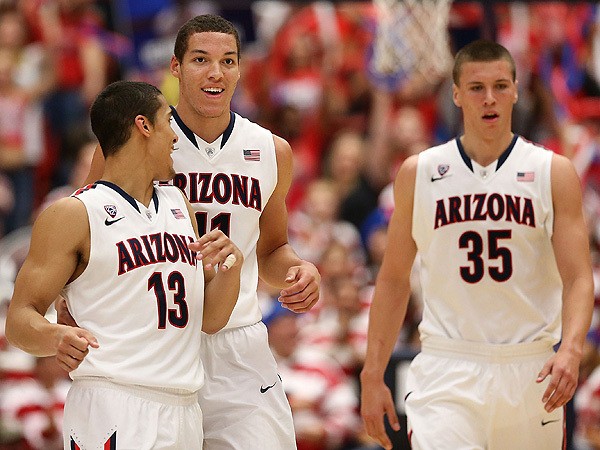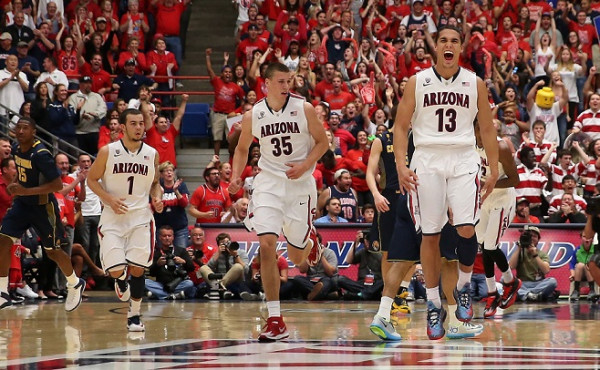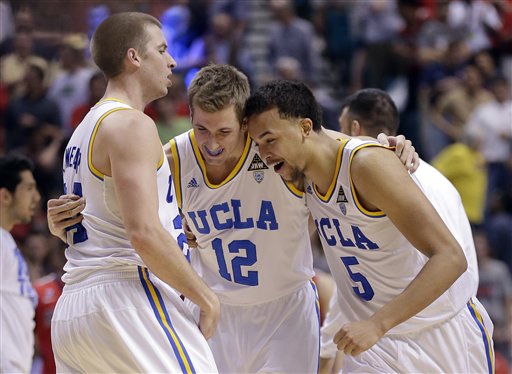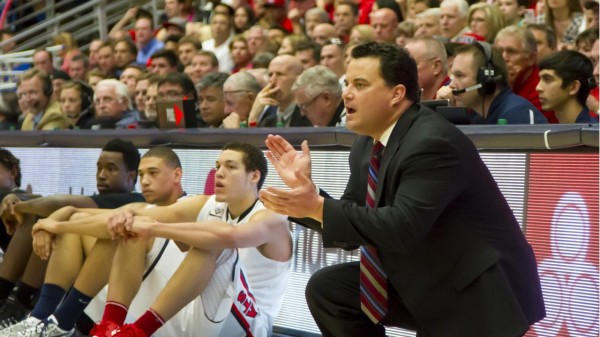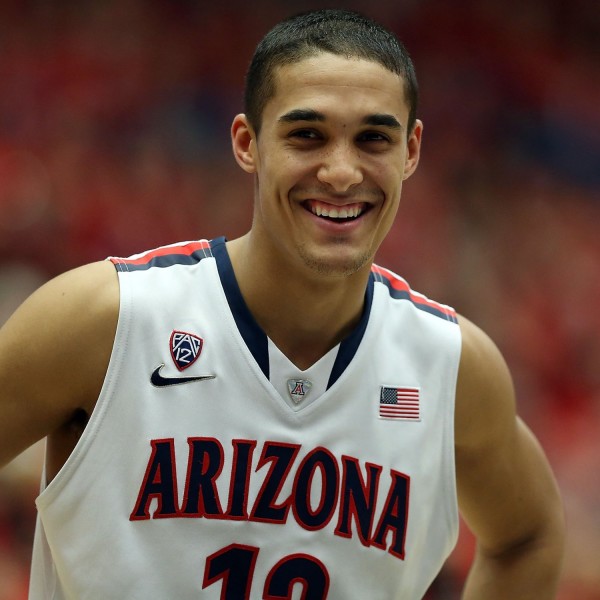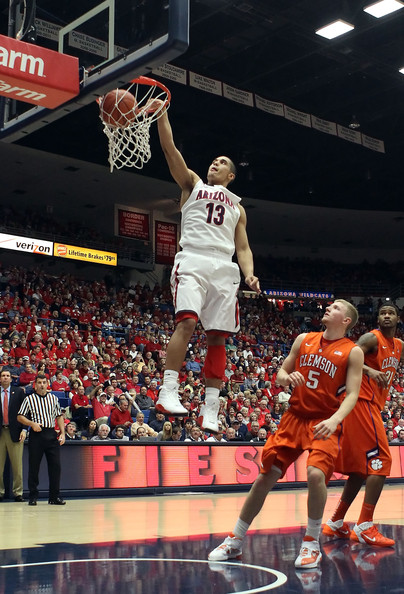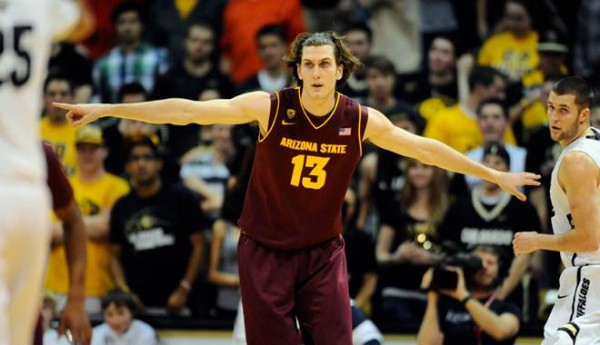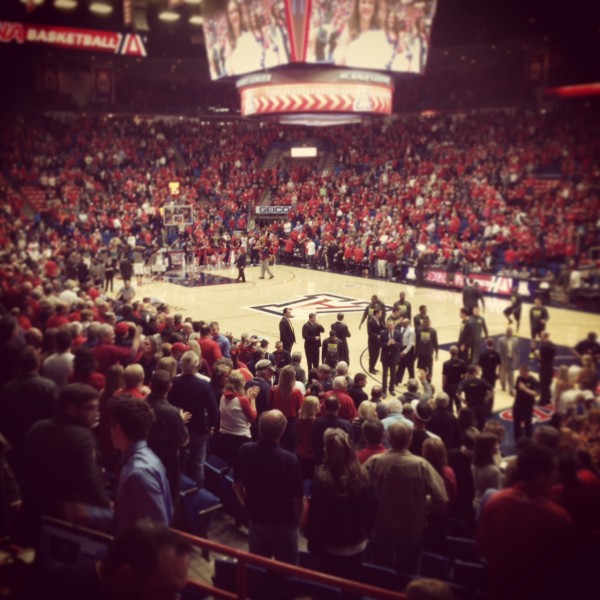NCAA Tournament Game Analysis: Sweet Sixteen, Thursday Night
Posted by Andrew Murawa (@amurawa) & Bennet Hayes (@hoopstraveler) on March 27th, 2014Andrew Murawa (@amurawa) is the NCAA Tournament’s West Region correspondent, and Bennet Hayes (@hoopstraveler) is the NCAA Tournament’s South Region correspondent. Make sure to also follow @RTCSouthRegion and @RTCWestRegion for news and analysis from Memphis and Anaheim throughout the weekend.
Tonight we tip off the Sweet Sixteen with games from the South Region in Memphis, TN, and the West Region in Anaheim, CA. Here are the breakdowns for tonight’s games.
#10 Stanford vs. #11 Dayton — South Region Sweet Sixteen (at Memphis, TN) — 7:15 PM ET on CBS
Nobody expected the Flyers or Cardinal to be in this spot, but one of the two teams will be a game away from the Final Four after Thursday night. This battle between party crashers doesn’t figure to be the most entertaining Sweet Sixteen matchup when it comes to talent and overall quality of basketball, but after Stanford knocked off New Mexico and Kansas by a combined eight points, and Dayton defeated Ohio State and Syracuse by a mere three total points, we should at least be able to count on this game being a tight one. KenPom doesn’t disagree, as his predictor foresees a one-point final margin. Stanford is the team on the right side of that predicted final score, and despite displaying maddening amounts of game-to-game inconsistency all season long, I can’t find a way to disagree that it will be the Cardinal advancing to the regional final.
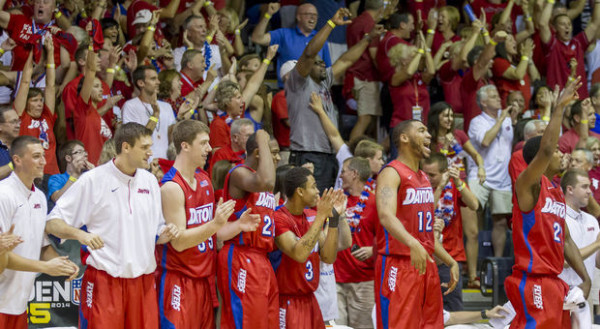
Sweet Sixteen Participants For The First Time In 30 Years, Dayton Will be Flying High When They Arrive In Memphis On Thursday Night, But Can Their Magical Ride Live On For Another Night?
Both these teams are double-digit seeds that the FedEx Forum could have never seen coming, but the narrative surrounding the two teams this week has pegged Dayton as the truer “Cinderella.” Vegas oddsmakers have also pegged the Flyers as a three-point underdog, and there’s also that three-decade Sweet Sixteen drought that lends itself to the role of plucky little David. But before recognizing that Stanford is hardly akin to Goliath, let’s also take a second to note that this Dayton team is more accomplished than many surprise second-weekend visitors of NCAA Tournaments past. They were the best team in the Atlantic 10 from February on (a league that sent six teams to this Tournament), have gone 12-2 in their last 14 games, and were one point and a late collapse away from beating Baylor in the Maui Invitational (they wound up beating Cal by 18 in the third place game). Their inclusion in this NCAA Tournament hung in the balance all season, but they’ve proven they belonged – both before and after admission was granted.






























